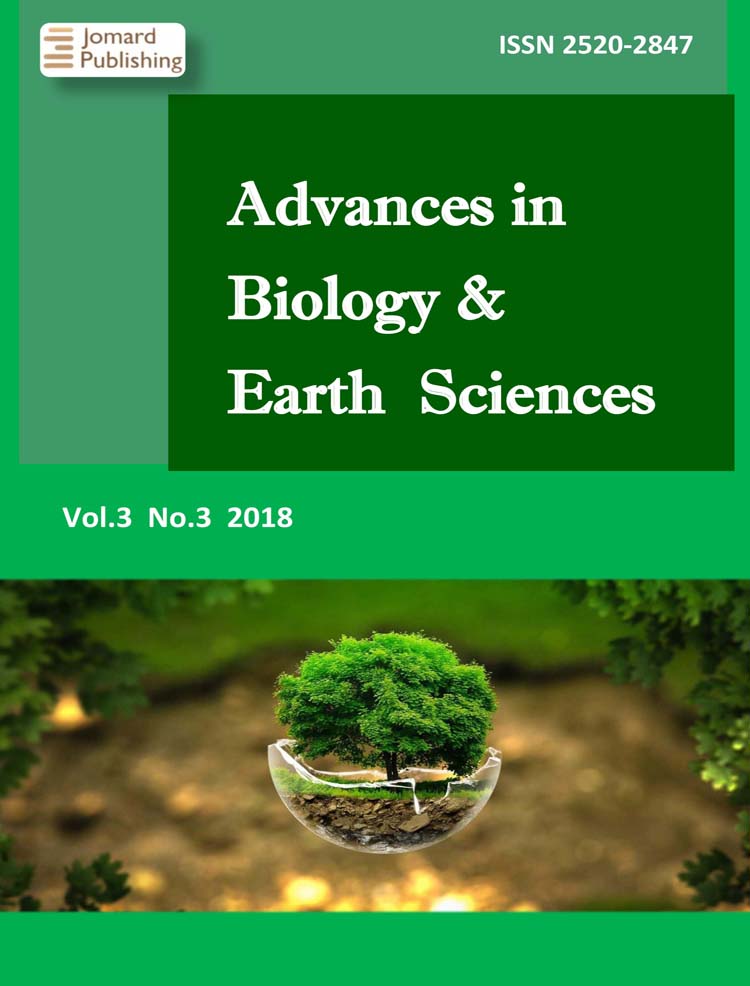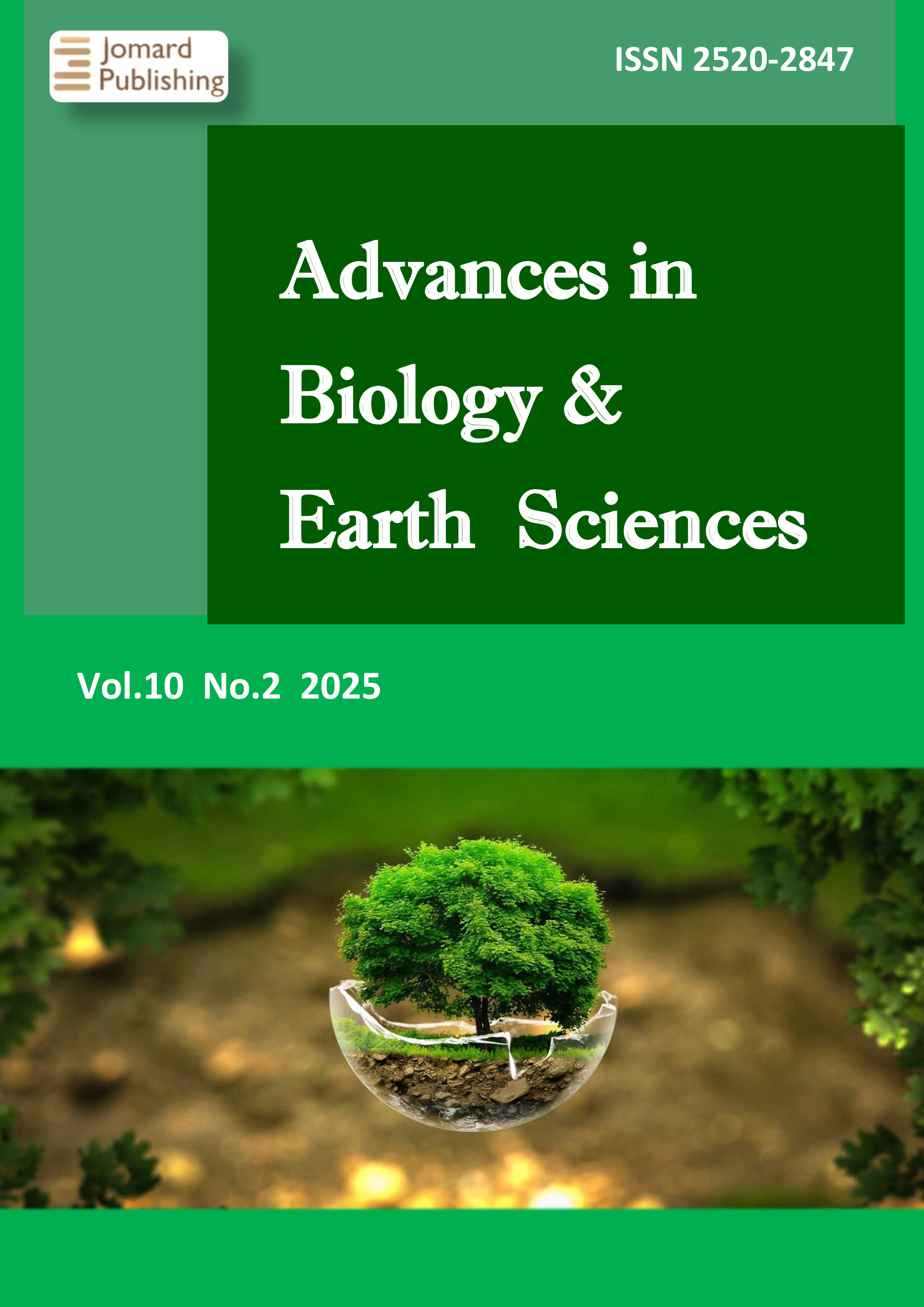Bioregional, Bioecological, and Potential Medicinal Significance of Sharon (Diospyros L. Species): Plant Adaptation and Biological Characteristics
- Published: 05-08-2025
Share
The paper studies the biogeographical and bioecological characteristics of persimmon species belonging to the genus Diospyros L. under diverse soil-climatic conditions in Azerbaijan. Three taxa were analysed - Diospyros kaki (Oriental persimmon), Diospyros Lotus (Caucasian persimmon) and Diospyros virginiana (American persimmon) - with emphasis on their eco-biological traits, regional distribution and adaptive capacity. Concentrations of macro- and micro-elements in persimmon fruits were quantified by X-ray fluorescence spectroscopy, enabling the delineation of areas rich in medicinally valuable germplasm and informing strategies for sustainable utilisation. Field observations, controlled desert experiments and expeditionary surveys clarified how topography, groundwater depth and climatic variables influence species performance, thereby guiding recommendations for optimal site selection and cultivation. Comparative analysis showed species-specific correlations between productivity and fruit-quality indicators. Particular attention was paid to conserving the gene pool of the Caucasian persimmon (D. lotus L.), recognised for its rich biochemical profile and pharmacological potential. Network-pharmacology screening predicted bioactive compounds and therapeutic targets, with a focus on antidiabetic mechanisms. Statistical evaluation employed dispersion tests (F-Fisher) and discriminant analyses (χ2, Pearson) conducted in Microsoft Excel 2003.
- View 702
- Downloads 82
- Saveds 0
- Citations (Crossref) 0


